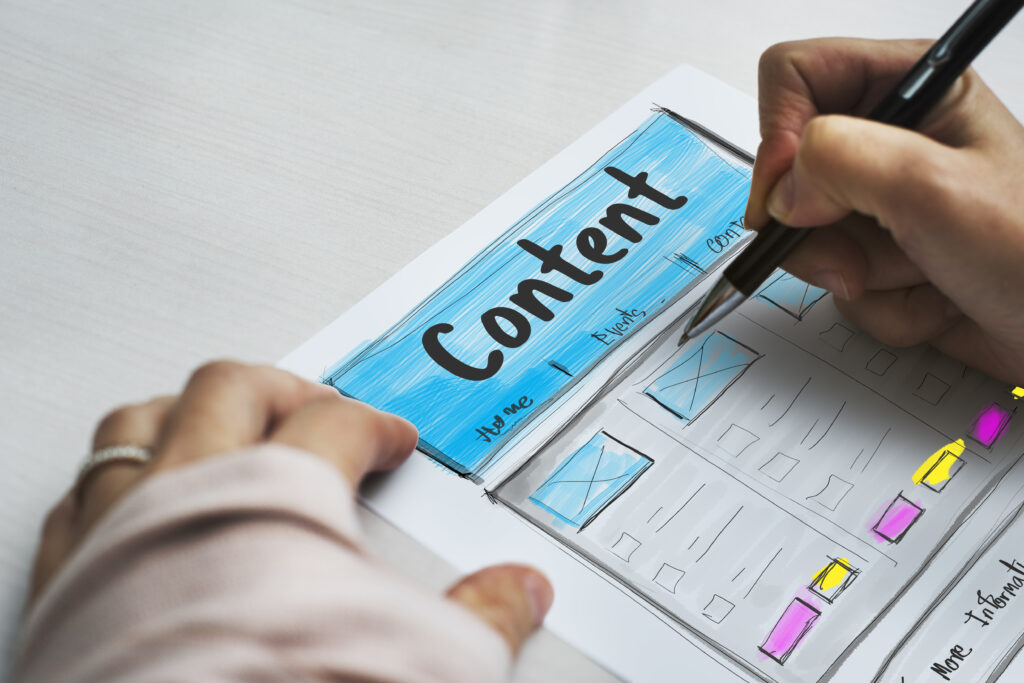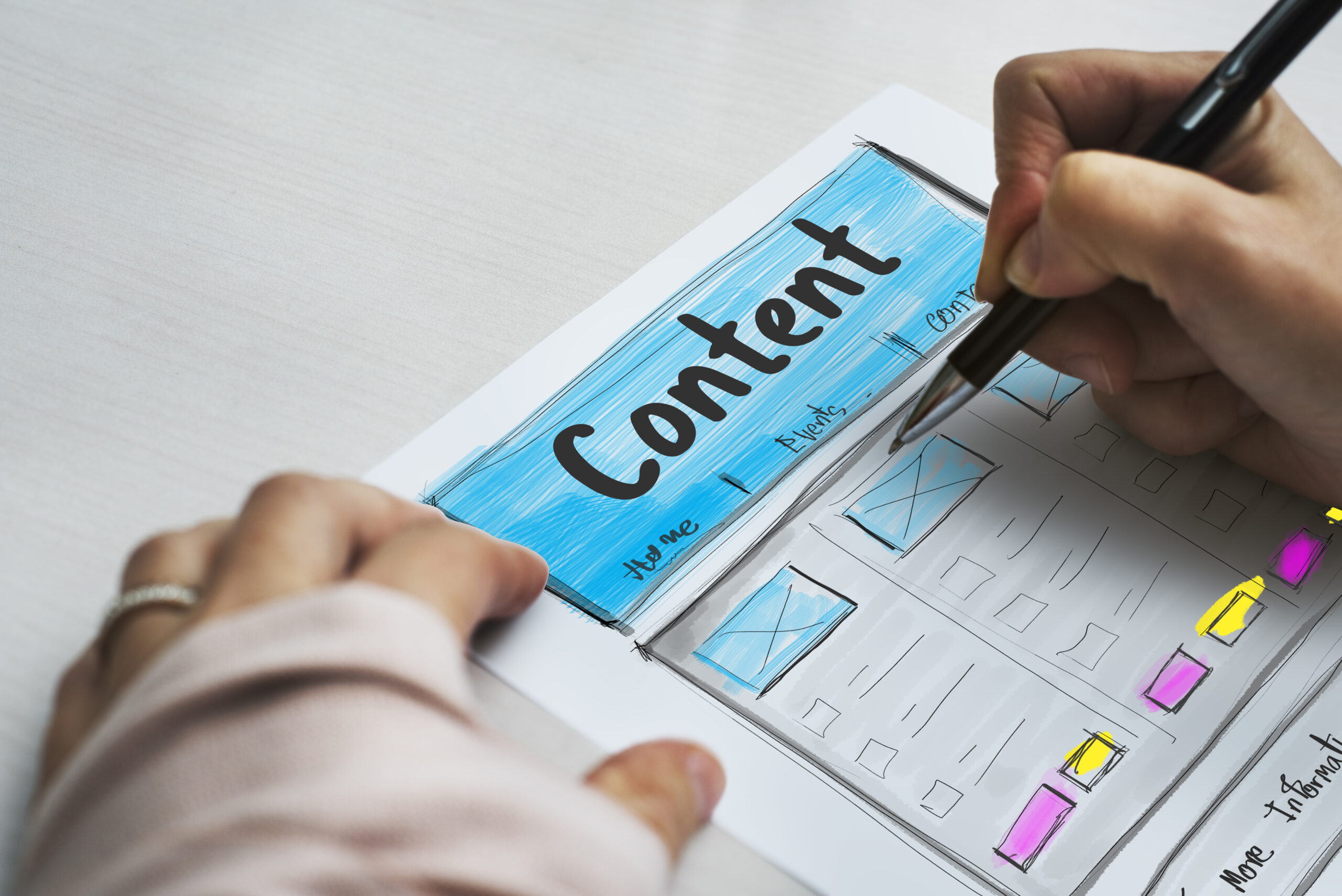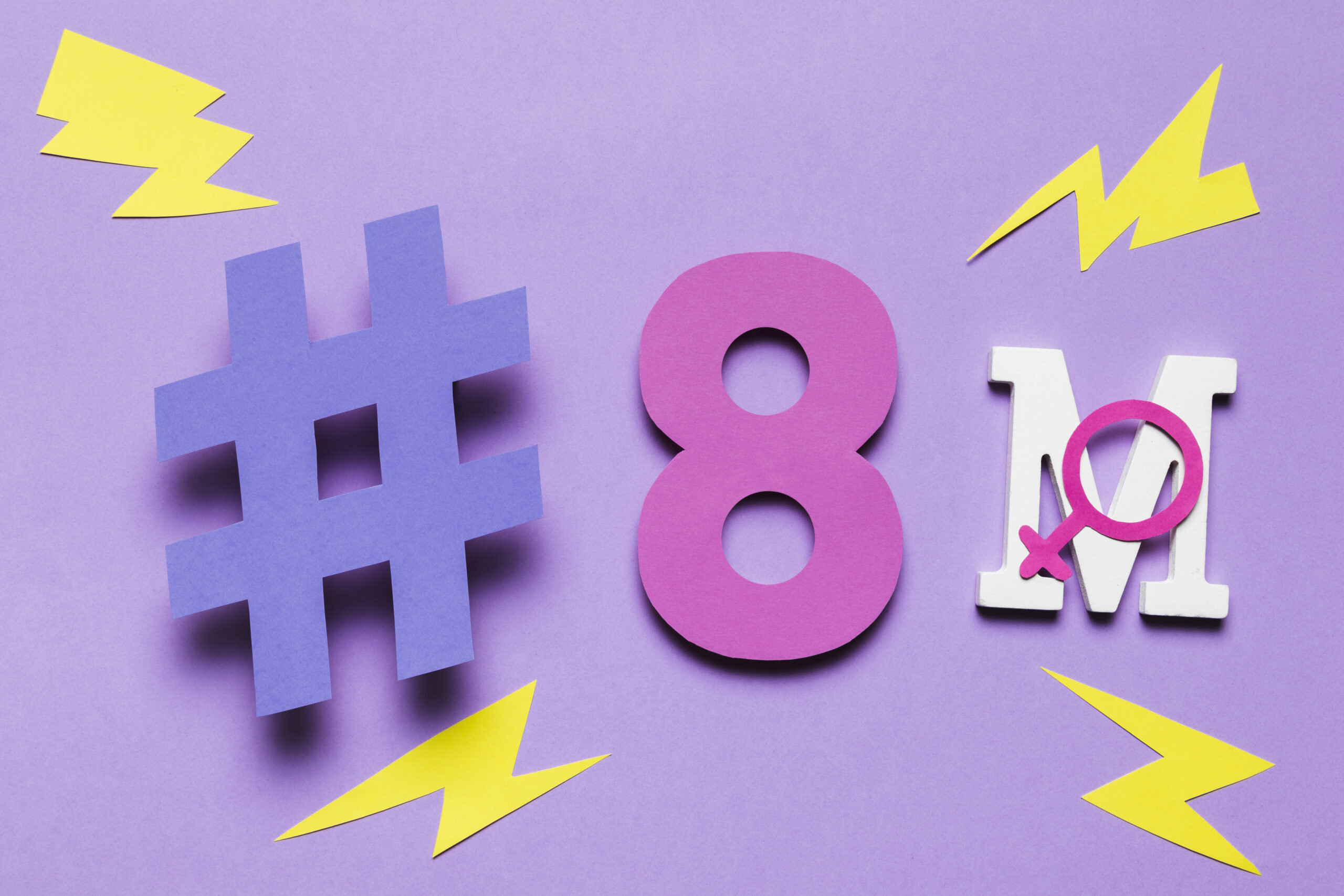Let’s face it—cold leads rarely convert on the first touchpoint. They don’t know you, don’t trust you, and they’re not exactly hunting for your product either. But what if you could guide them—gently, strategically—through a content journey that builds trust, showcases value, and gets them sales-ready?
That’s where the 3-Content Rule comes in. It’s a proven content funnel framework that warms up leads by delivering the right content, in the right order, at the right time.
In this guide, we’ll unpack:
- What the 3-Content Rule is
- Why it works for B2B, SaaS, service providers, and creators
- How to build your own 3-step content funnel
- Real-world examples and pro tips
Let’s get to it.
First, What Is a Cold Lead?
A cold lead is someone who fits your target audience but has no prior engagement with your brand. They haven’t signed up, downloaded anything, or followed you online. They’re either unaware of the problem you solve or not actively looking for a solution yet.
And here’s the kicker: Only 3% of your total audience is ready to buy now, according to studies from MarketingProfs and HubSpot. That means 97% need nurturing.
So, how do you do that?
Enter: The 3-Content Rule
The 3-Content Rule is a simple, strategic funnel built around these three pillars:
- Educate: Meet the lead at their awareness stage
- Engage: Show value and authority
- Elevate: Offer a clear next step to conversion
It’s not about volume. It’s about sequence and intent. Think of it like dating—you don’t ask for a commitment on the first coffee.
Why It Works (Backed by Data)
- Inbound leads cost 61% less than outbound ones (HubSpot)
- Companies that blog consistently generate 67% more monthly leads (Demand Metric)
- Content builds 3x more leads per dollar spent compared to paid search (Content Marketing Institute)
In short, great content isn’t just fluff. It’s fuel for pipeline growth.
Step 1: Educate — Build Awareness
Goal: Capture attention and introduce the problem
This is where your audience first discovers you. They’re not searching for your brand—they’re searching for solutions to their problems.
Content types:
-
- Blog posts targeting high-intent keywords
- “How-to” guides
- Educational YouTube videos
- Podcasts or newsletter features
- Infographics or carousel posts
Example:
A cold lead searches: “How to improve B2B lead generation.”
Your blog post titled: “10 Proven B2B Lead Gen Tactics for 2025” shows up. It’s helpful, non-promotional, and subtly introduces your product or expertise.
SEO Tip: Target long-tail keywords with clear intent. Use tools like Ahrefs, Ubersuggest, or Semrush to find them.
Step 2: Engage — Build Trust and Interest
Goal: Deepen the relationship and show authority
Now they know you exist. Time to go deeper. This stage is about giving them “aha” moments and showing that you’re not just another voice—you’re the voice.
Content types:
-
- Case studies or success stories
- Free downloadable guides or checklists
- Data-backed whitepapers or reports
- Webinars or short video series
- Email drip campaigns
Example:
After reading your blog, the same lead sees a CTA:
“Download our free B2B Funnel Checklist.”
They opt in, and now you’re in their inbox with curated content showing exactly how you’ve helped other businesses scale leads by 200%.
Content Strategy Tip: Include social proof, client quotes, and relevant metrics to build authority fast.
Step 3: Elevate — Guide to Conversion
Goal: Move them from interested to ready
Now it’s time to turn that warm lead into a hot prospect. You’ve educated them, engaged them—now offer them a low-friction, high-value action.
Content types:
-
- Free consultations
- Product demos
- Limited-time offers
- Trial sign-ups
- Customer testimonials + pricing pages
Example:
After downloading your checklist and receiving 2–3 helpful emails, they get this:
“Book a 20-Minute Strategy Call to Uncover Hidden Gaps in Your Lead Gen Process.”
It’s relevant, personalized, and non-pushy. And it works.
Pro Tip: Use behavioral triggers. If someone clicks on a pricing page or opens multiple emails, send a personalized offer.
Real-World Example: Service Business
Let’s say you’re a B2B copywriting agency:
- Educate: Blog: “How Better Copy Can Double Your Email Conversions”
2. Engage: Download: “High-Converting Email Templates (Proven Frameworks)”
3. Elevate: CTA: “Book a Copy Audit—Free for First-Time Clients”
See the journey? Each content piece pulls the lead closer to a decision.
Tools to Build Your 3-Content Funnel
-
- Content Planning: Notion, Trello, Airtable
- Email Marketing: Mailchimp, ConvertKit, ActiveCampaign
- Landing Pages: Webflow, Carrd, Leadpages
- Lead Magnets: Canva, Beacon, Designrr
- Analytics: Google Analytics 4, Hotjar, HubSpot CRM
Final Thoughts: Content Isn’t Just a Magnet. It’s a Map.
Cold leads don’t stay cold forever. They warm up—if you give them the right experience.
The 3-Content Rule isn’t about spamming inboxes or writing dozens of blog posts. It’s about being intentional. Each piece of content should guide the lead from:
👉 “Who are you?”
to
👉 “I trust you. Let’s talk.”
So, audit your funnel. Ask yourself:
- What’s my awareness-stage content?
- Where do I build credibility?
- What’s the next best step I’m offering?
Then plug the gaps and watch those cold leads start heating up.







